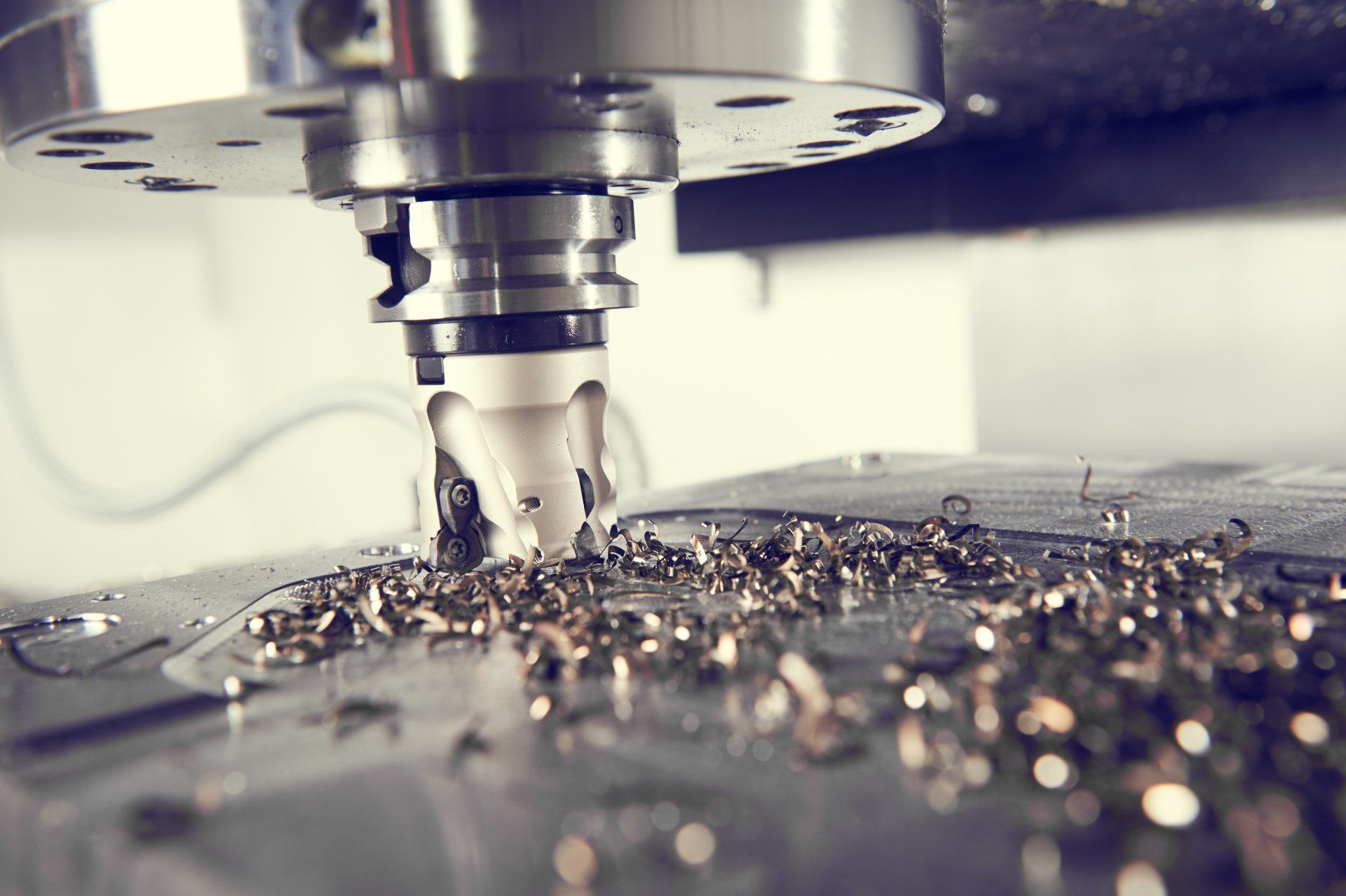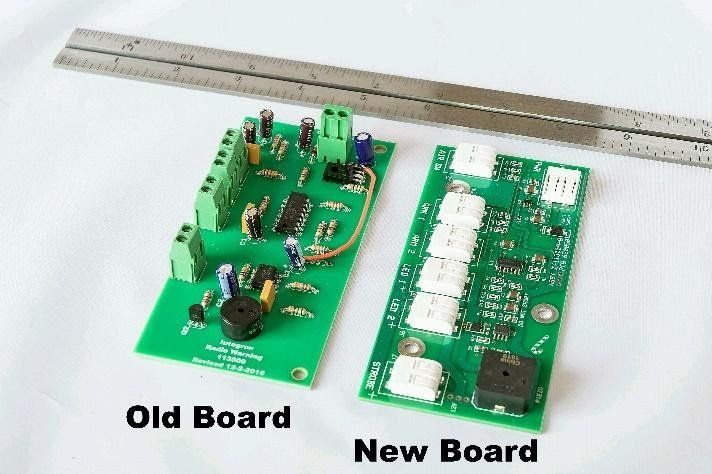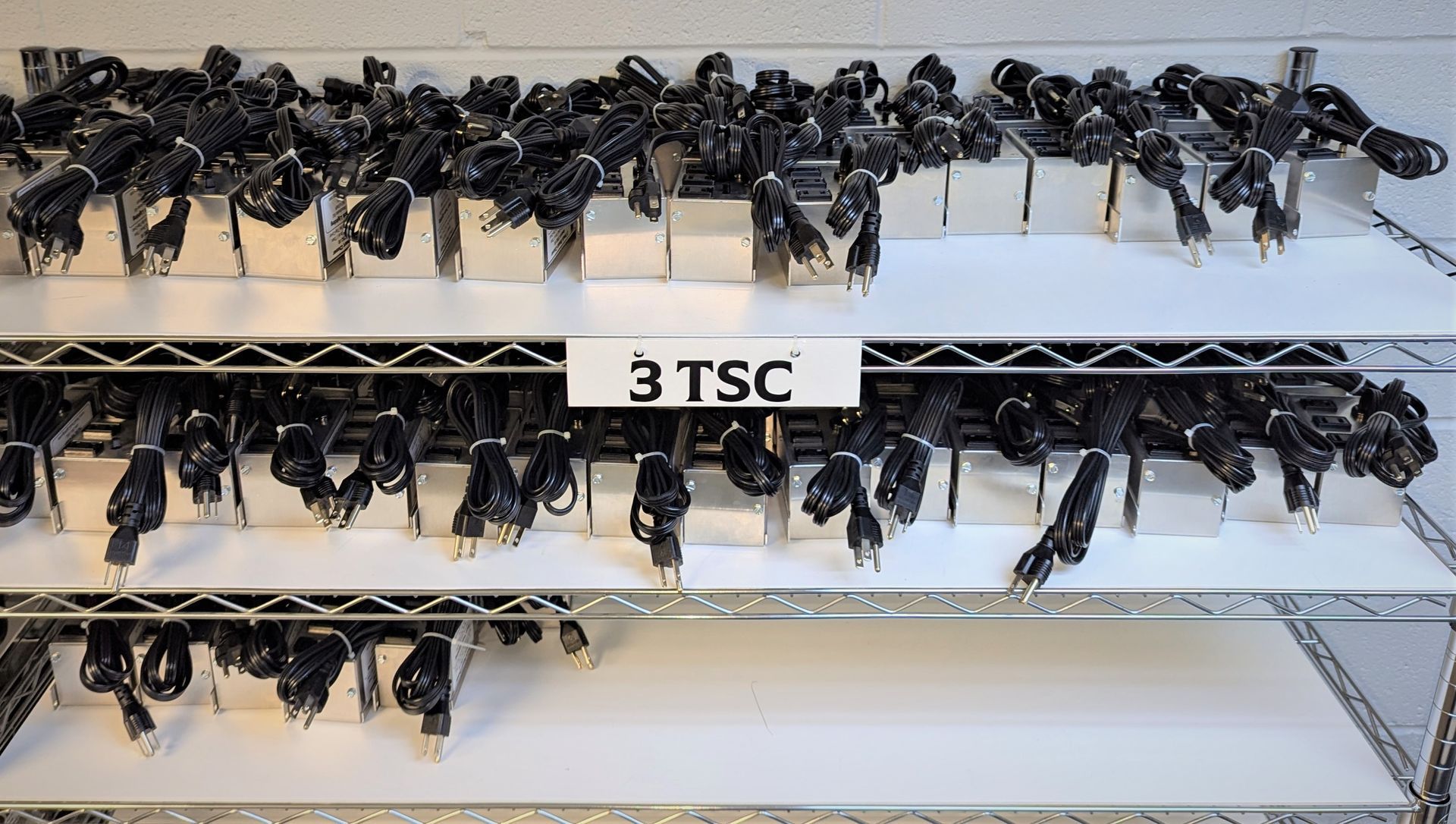A Primer on Sheet Metal Bending for Contemporary Industrial Use
One of the most common processes for sheet metal is bending. This technique is carried out to produce curls, flanges and seams. One might also need sheet metal bending to benefit from increased rigidity. In order to understand the advantages of bending, one needs to learn more about the process behind it. Keep reading to find out what goes in to bending sheet metal..
A Look at the Materials
Not all types of metal can undergo the bending process. Some types are more malleable, and thus more appropriate for this use. For example, mild steel is known to be malleable and can withstand bending. Annealed alloy steel may or may not meet your expectations. At times, it can crack during the bending process. On the other hand 5052 aluminum is easy to form and will only cause problems when reworked. Finally, copper is one of the easiest metals to bend. Before beginning the bending process, it is extremely important to know how the metal will respond.
Some Words of Advice
There are a few things you should avoid doing when working with sheet metal. First, don't bend it in a way that creates a sharp corner. When you do this, it places additional stress around the bend. This is highly likely to lead to cracking and weakening. It is equally important to use a bend allowance to know how far you can proceed. You will have to calculate this out to get the right information.
If
sheet metal bending seems too difficult, you can always use the help of a professional. A metal fabrication company can help you select the right materials for the job. You'll also get the benefit of a professionally crafted piece of metal.
For more information about sheet metal fabrication, contact Vista Manufacturing Company.
You might also like
Vista Manufacturing Blog




